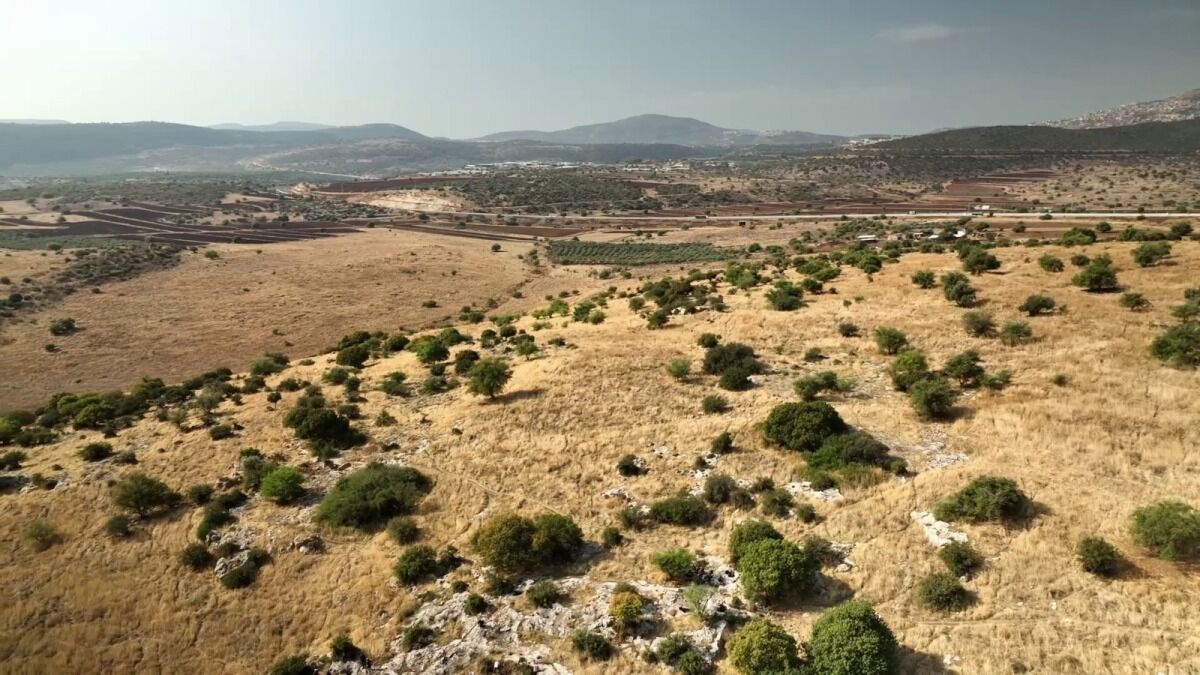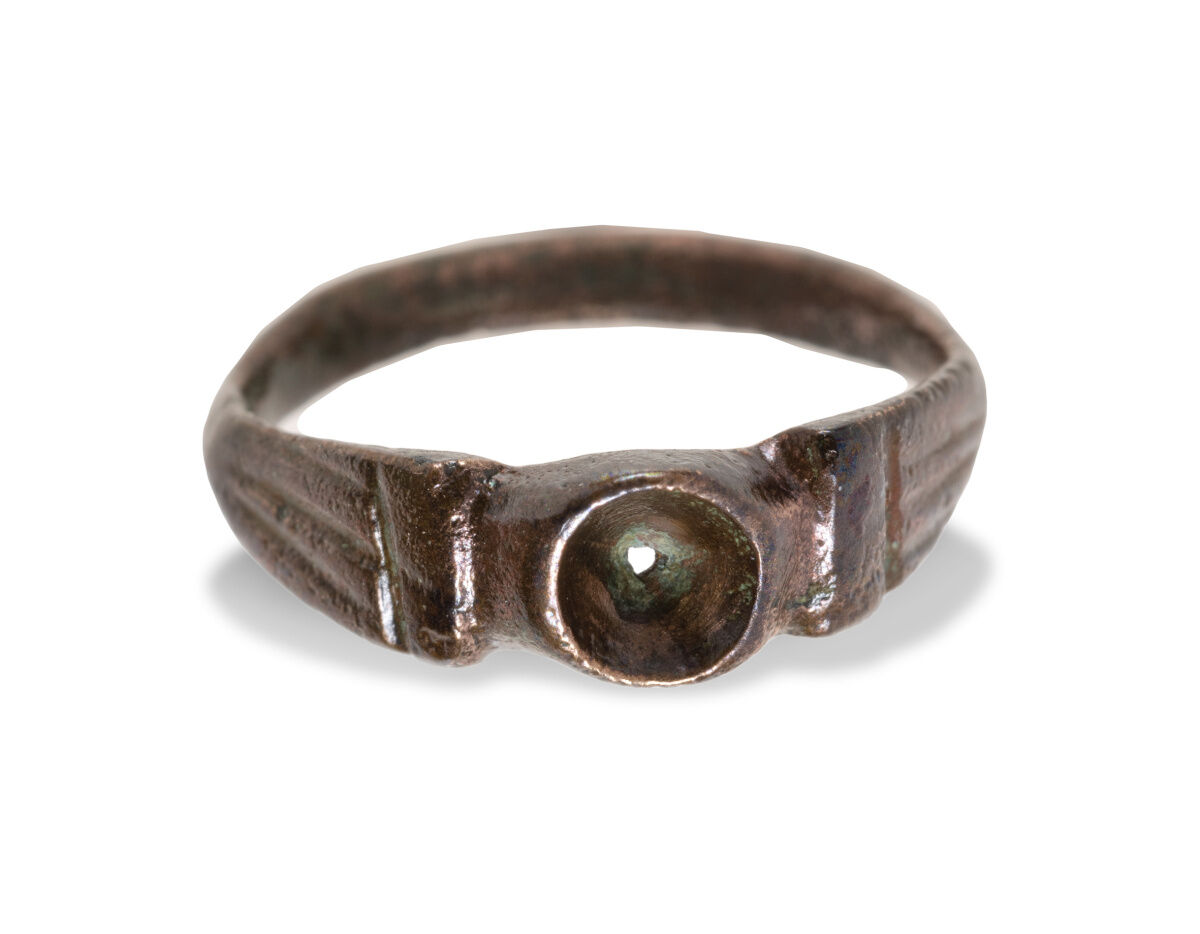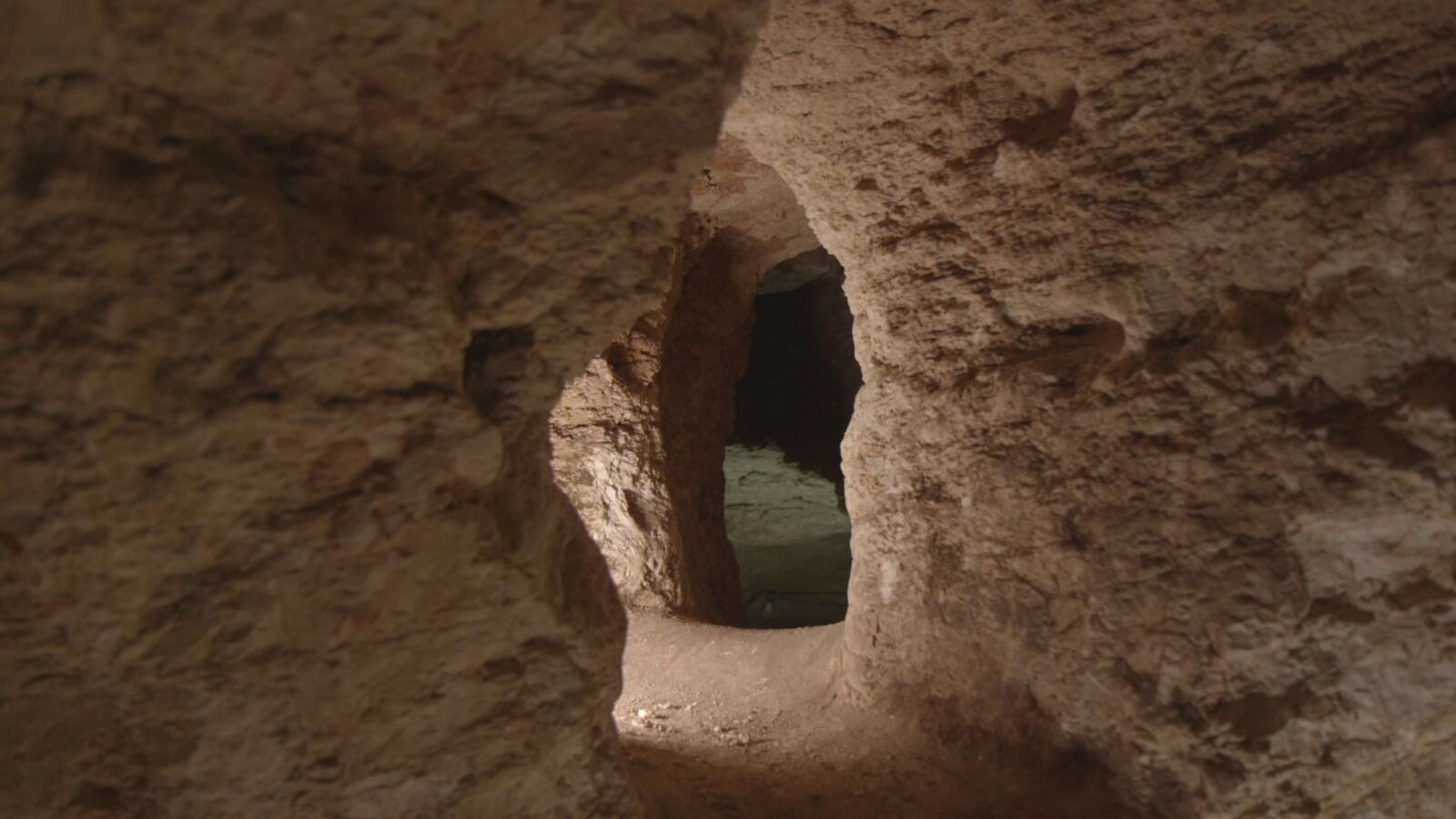For the past few months, hundreds of students, soldiers and local residents have been excavating Huqoq, an archaeological site situated near the Sea of Galilee. The excavations, conducted by the Israel Antiquities Authority (iaa), have revealed an impressive underground labyrinth dug in preparation for the Bar Kokhba Revolt (132–136 c.e.). This discovery adds information to the debate about whether the revolt reached the Galilee or remained confined to Judea and central Israel.

In preparation for the revolt, it appears residents of ancient Huqoq converted a Second Temple Period cistern into a hiding complex. They broke the walls of a nearby mikveh and dug tunnels. This underground system, which is “the largest and most impressive” ever discovered in Galilee, had eight hiding cavities.
Excavation directors Uri Berger of the iaa and Prof. Yinon Shivtiel of the Zefat Academic College said: “The hiding complex provides a glance on a tough period of the Jewish population in Huqoq and in the Galilee in general. However, the story that the site tells is also an optimistic story of an ancient Jewish town that managed to survive historical tribulations.”
Excavations revealed hundreds of broken clay dishes and an “impressive” ring that would have showcased a precious stone.

Huqoq is a known Jewish historical site. Several of the ancient facilities were in use during the First Revolt in 66 c.e. Near the hiding complex, Prof. Jodi Magness and her team discovered a synagogue, which contained Byzantine period mosaics, including the earliest depictions of biblical heroines Deborah and Jael.
Dr. Einat Ambar-Armon, director of the iaa Archeological-Educational Center in the Northern Region, said: “We turned the excavation in the hiding complex into a community excavation as part of the Israel Antiquities Authority’s vision of connecting the public to its heritage.”
According to iaa Director Eli Eskosido, “The Israel Antiquities Authority considers the Huqoq site and its various discoveries as part of a flagship project that will draw visitors from all over Israel and the world. Along with our partners in the Ministry of Heritage and kkl-jnf, the site will be made accessible to the public.” The archaeologists hope to learn more about this interesting site as projects continue.
The public are invited to take part in this experience on Friday, March 29, and Friday, April 5, from 8:00 a.m. to 1:00 p.m. The event is free, but registration is required.

